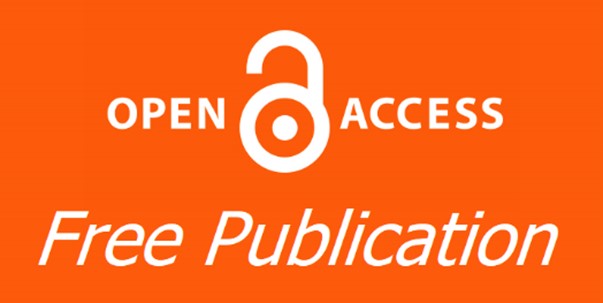Document Type
Original Study
Abstract
Purpose: The objective of the current investigation was about to assess anticarcinogenic effect of chrysin on induced oral squamous cell carcinoma by using caspase3 as an apoptotic marker. Material and Methods: Thirty-five hamsters were used. divided into two groups. Group 1: 5 hamsters remained untreated. Group 2 (30 DMBA-received hamsters for 8 weeks) subdivided into Group 2A: 10 hamsters took DMBA and served as a positive control group. Group 2B: 10 DMBA-received hamsters for 8 weeks and treated with chrysin (50mg/kg b.w. orally/day) for another 8 weeks. Group 2C: 10 DMBA-received hamsters for 8 weeks injected with cisplatin (5mg/kg b.w.) for another 8 weeks Results: Comparing all groups according to caspase 3 expression revealed that the mean area percentage values show the statistically significant higher mean value of Caspase 3 area% in 2C group was, followed by 2B group and the lowest mean value in group 1 using ANOVA test. Conclusion: Chrysin is regarded as a promising anticarcinogenic agent against induced HBP squamous cell carcinoma.
Keywords
Chrysin, DMBA, Squamous cell carcinoma, caspase 3
How to Cite This Article
Ahmed, Alaa E. E.; Abdalla, Amany M.; and Shouman, Adel A.
(2024)
"Assessment of Anticarcinogenic Effect of Chrysin against Induced Oral Squamous Cell Carcinoma Compared to Cisplatin,"
Al-Azhar Journal of Dentistry: Vol. 11:
Iss.
4, Article 7.
DOI: https://doi.org/10.58675/2974-4164.1639
Subject Area
Oral Medicine and Surgical Sciences Issue (Oral Medicine, Oral and Maxillofacial Surgery, Oral Pathology, Oral Biology)








